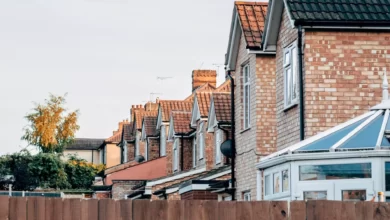
5 Ways To Keep Your Home Warm In Winter
With higher energy costs kicking in from April and another rise scheduled for October, many homeowners and tenants will be worried about what the winter holds. Increasing food costs mean hearty meals will be harder to come by, while surging clothing prices are making it costlier to wrap up warm. So how else can you keep your home toasty?
It makes sense to turn your attention to your home itself and make sure it’s running as efficiently as possible, before the cold sets in. This way you can stay comfortable while keeping your energy bills lower than they otherwise might be.
Read five options for doing just that below.
Better insulation
Without proper insulation, much of the heat your home produces will be lost through the roof, walls, windows and floors. This makes it wise to wrap it all up and maintain the temperature you want, without overheating to do so.
Plus, insulation helps keep heat out during the summer too, so you can stay cool during heatwaves.
Double glazing
Double glazing is the standard in most homes today. But if any of your windows are still single glazed, adding the extra pane will make a significant difference to the temperature of your home.
The gaps in-between the two panes are typically filled with Argon gas, which improves the thermal efficiency of your windows by acting as an insulator.
A new (or serviced) boiler
While not cheap at the outset, a new boiler can make your home far more efficient and cost effective to run in the long term. Combi boilers are an especially efficient choice for heating water and your home simultaneously.
If your boiler is still relatively new, having it serviced now will ensure it’s running as efficiently as possible in time for winter.
An efficient fireplace
When you know you’ll stay put in one room for much of the day or evening, it makes sense to turn central heating off – or down at least – and light the fire. But there are a few ways to do this more efficiently.
Stick to seasoned firewood, for starters, and remove ashes to encourage airflow. Installing fans meanwhile will help circulate the warm air.
Draught-proofing
Draught-proofing means blocking unwanted gaps that let cold air in and warm air out. Common areas where draughts might occur include:
- Windows
- Doors
- Chimneys
- Floorboards
- Loft hatches
- Pipework
- Cracks in walls
It’s possible to proof many of these areas yourself, though a professional might know how to save the most energy possible.
Could any of these tips help heat your home better this winter?







